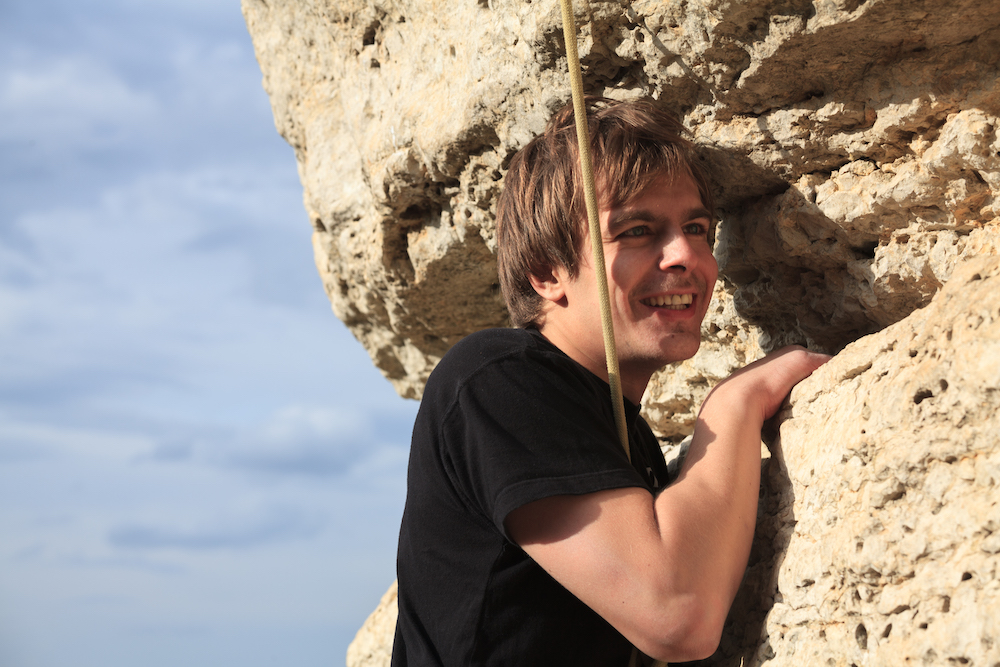Number theory and Geometry. Alexey Zykin memorial conference
(13.06.1984 — 22.04.2017)
Independent University of Moscow and all over the world, June 18-19, 2020
Menu:

Registration and venue
The conference will take place on June 18 and 19, 2020 (Thu-Fri). The talks will be held in Zoom. They will start at 17:00 Moscow time (16:00 in Paris, 19:30 in Mumbai, 10am in Boston)
Please register to receive the link to join the conference.
Schedule
The talks start at 17:00 Moscow time.
Thursday, June 18, 2020
17:00 Dmitry Kubrak. Non-commutative Tsfasman-Vlăduţ formula [slides|video]
18:00 Jérôme Poineau. Berkovich spaces over Z and Schottky spaces [slides|video]
Friday, June 19, 2020
17:00 Sudhir Ghorpade. Old and new conjectures on the number of points of algebraic sets over finite fields [slides|video]
18:00 Yuri Bilu. Trinomials, singular moduli and Riffaut's conjecture [slides|video]
On June 19 we are planning an informal meeting after the talks, starting from around 19:00 Moscow time, to share our memories about Alexey and Tatyana.
Abstracts
Yuri Bilu (Université de Bordeaux)
Trinomials, singular moduli and Riffaut's conjecture
[slides|video]
A singular modulus is the j-invariant of an elliptic curve with complex multiplication. Riffaut (2019) conjectured that a singular modulus of degree h>2 cannot be a root of a trinomial with rational coefficients. We show that this conjecture follows from the GRH, and obtain partial unconditional results. A joint work with Florian Luca and Amalia Pizarro.
Sudhir Ghorpade (Indian Institute of Technology Bombay)
Old and new conjectures on the number of points of algebraic sets over finite fields
[slides|video]
In the late 1980's, Tsfasman conjectured an explicit formula for the maximum number of F_q-rational points on a (not necessarily irreducible) hypersurface of a given degree in a projective space of a given dimension. This was soon proved by Serre. Subsequently, two generalizations were proposed. One, the so-called Ghorpade-Lachaud Conjecture, that proposed a bound on the number of F_q-rational points of a projective algebraic set when it is a complete intersection. And another, called Tsfasman-Boguslavsky Conjecture (TBC), that proposed an intricate, but explicit, formula for the maximum number of F_q-rational points on a projective algebraic set that is cut out by a given number of linearly independent homogeneous polynomials, all having the same degree. About five years ago, Couvreur showed that the former conjecture holds in the affirmative and in fact, proved a more general inequality for the number of F_q-rational points of a projective algebraic set in terms of the degrees and dimensions of its irreducible components and of course the size q of the finite ground field. On the other hand, it was also shown around the same time that the TBC can be false, in general even though it holds in the affirmative in some cases. Later, a refined conjecture that ameliorates the TBC has been proposed first in a special case, and more recently, in the general case. It is still open, but it has also been shown to hold in the affirmative in a number of special cases. We will outline these developments, with a particular emphasis on the new conjecture.
This talk is based on joint works with Mrinmoy Datta as well as with Peter Beelen and Mrinmoy Datta.
Dmitry Kubrak (Massachusets Institute of Technology)
Non-commutative Tsfasman-Vlăduţ formula
[slides|video]
For a curve X over F_q let the class number h_X be the order of the finite group of the F_q-points of Pic^0(X). In 90's Tsfasman and Vlăduţ proved an asymptotic formula for the growth of the class number h_{X_i} in a sequence of curves {Xi} under a restriction that the sequence is asymptotically exact (e.g. given by a tower of curves). I will tell about a natural generalization of their formula in which the class number is replaced by the stacky point-count of G-bundles for a given split reductive group G. Using a certain inversion formula, we can show that the asymptotic formula does not change if we restrict the count to the semistable locus of Bun_G. Finally, we also expect that the stacky count can be replaced further by the actual number of semistable G-bundles, but for now we can show this only in the case of G=GL_n and with some further restrictions on q.
Jérôme Poineau (Université de Caen)
Berkovich spaces over Z and Schottky spaces
[slides|video]
Berkovich spaces over Z look like fibrations that contain complex analytic spaces as well as p-adic analytic spaces for every prime number p. We will give a short introduction to those spaces and explain that they provide a convenient setting to parametrize certain natural families such as Schottky groups and Mumford curves over arbitrary local fields (R, C, Q_p, F_p((t)), etc.). Moreover, the familiar action of a Schottky group on a open subset of the projective line carries over to this global setting, giving rise to a global uniformization morphism similar to that of Schottky and Mumford. This is joint work with Daniele Turchetti.
Alexey Zykin's collected papers
In 2019 the book with Alexey's collected papers was published. It is freely available for download.Organizers
- Sergey Gorchinskiy (MIAN and HSE);
- Evgeny Smirnov (HSE and IUM);
- Mikhail Tsfasman (IITP, IUM and Paris-Saclay).